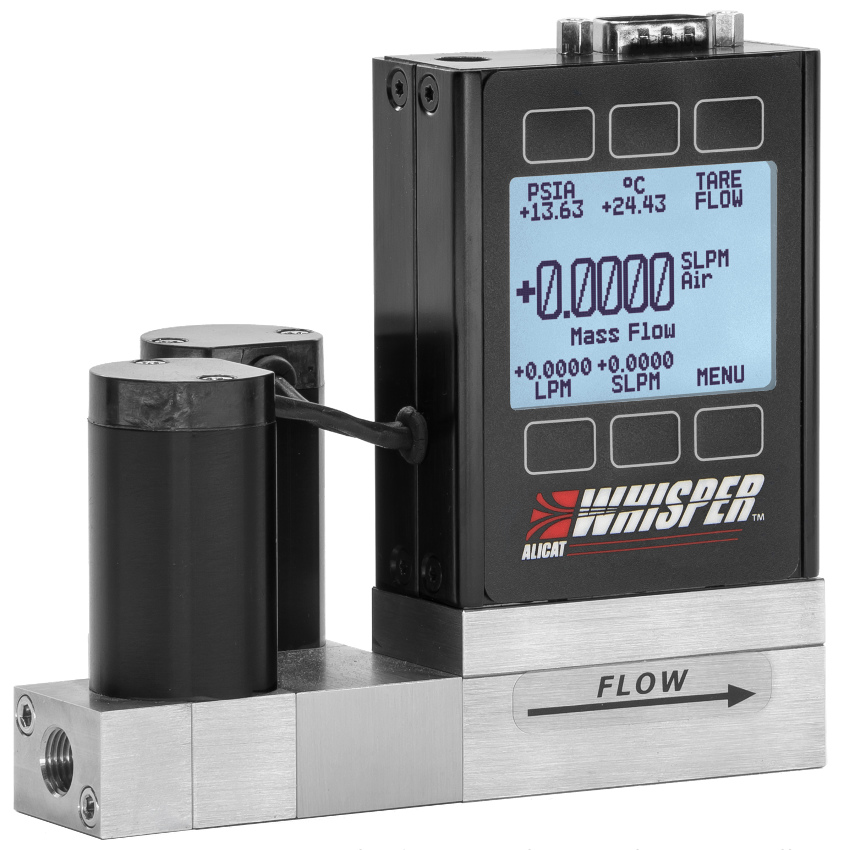
Tuesday, June 20, 2023
When faced with how best to support our customers we arrive at the dilemma of how much detail to ask for. Too little and the project risks being sub-optimum; too much and customer might get over-whelmed by technical detail. As engineers, and genuinely helpful people, our tendency is to seek every detail but is this approach fair to a scientist needing to press on with their research? The answer of course is that every situation is unique and as mass flow professionals it is our responsibility to share our experience to make the process as straight-forward as possible. The approach needs to be tailored to suit the needs of the customer.
We can now return to the technical details required when looking to specify a mass flow controller. As a bare minimum we should look to understand the basic process details. These are:
From this basic data a device can be configured that will work well within most straight-forward applications even though a number of assumptions need to be made. Standard construction will be offered and the customer needs to fit in with whatever these are. This is, however, rare as there is nearly always some level of nuance that needs to be understood. We therefore need to take the level of questions to the next level.
Is this fixed or could it be adjusted higher or lower? Sometimes by asking to adjust the supply pressure it allows the specifying engineer to select a more cost-effective valve type. This concept is an essential part of customer-centric support.
Is there a requirement to minimise pressure loss? Again important for valve selection but also to meet overall system pressure loss targets.
Are multiple gases required on the same device? If yes then will they be controlled individually? With the potential for up to 130 gases loaded onto the one MFC this might allow the customer to purchase just one MFC rather than multiple devices. This can result in significant cost saving. Also, would creating an onboard gas mixture be useful? As Alicat devices operate without conversion factors the creation of mixtures retains the highest level of accuracy.
What is the highest flow rate anticipated? What is the lowest flow rate hoped for? With a flow measurement capability across 10,000:1 one Alicat MFC can be selected rather than perhaps three. Once again cost savings can be achieved. For clarity it is worth confirming the engineering units being used; Ln/min, SLPM, SCCM, mlm/min, etc. Fortunately the user is capable of changing these units should they change in due course.
The further process details of gas temperature and ambient conditions are useful as a cross-check.
In addition to these process questions there are a number of possibilities for the particular construction of a device. These are:
Answers to the above now give us a very good understanding of the most common applications. There are opportunities to match the requirements of the application to the construction of the correct MFC whilst offering over-all cost saving. It can be seen that asking the correct questions can help the customer arrive at the best solution for them.
This, however, is not the final level. Even deeper questions can be asked to be of greater benefit to the customer. These are aimed at achieving an even deeper understanding of the process to be able to offer even more helpful advanced configurations. These can be seen as:
As can be seen there are a great many configurations and pre-sets that are intended to simply make the users' life easier or enhance the work they are doing. In truth there are still many options that are possible (for example ultra-light weight construction, customised calibration points and data-streaming modifications to name but three) but these are delving into almost unique specializations. Asking such deep questions might not always be required but the value to the user when they are applicable can make the difference between a good process solution and a truly exceptional one. Whilst we strive for this excellence please bear with us when perhaps sometimes we ask too much!
We are more than ready to help with your specific application, so please do not hesitate to contact our engineers at sales@pctflow.com or call 01953 609930.
PCT are a leading UK distributor and your enquiry will be handled with the utmost professionalism. Please provide your details below.



